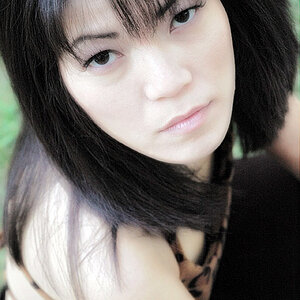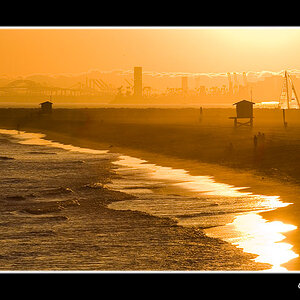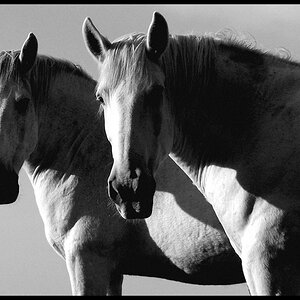photo1x1.com
No longer a newbie, moving up!
- Joined
- Sep 14, 2016
- Messages
- 923
- Reaction score
- 289
- Location
- Austria/Europe
- Website
- www.photo1x1.com
- Can others edit my Photos
- Photos NOT OK to edit
Geeez, that’s the 135mm again. Not sure what happened. Gotta recheck tomorrow. Thanks for your help!I'd say it isn't fixed based on these screen shots. Check out the view angle and the DoF, they don't look like the appropriate FL to me.
View attachment 199288 View attachment 199289




![[No title]](/data/xfmg/thumbnail/32/32717-74f4cee577117aa4476c9eb68fec51c7.jpg?1619735622)




![[No title]](/data/xfmg/thumbnail/32/32716-bd7f0a0030263f160d995f8547043458.jpg?1619735621)




